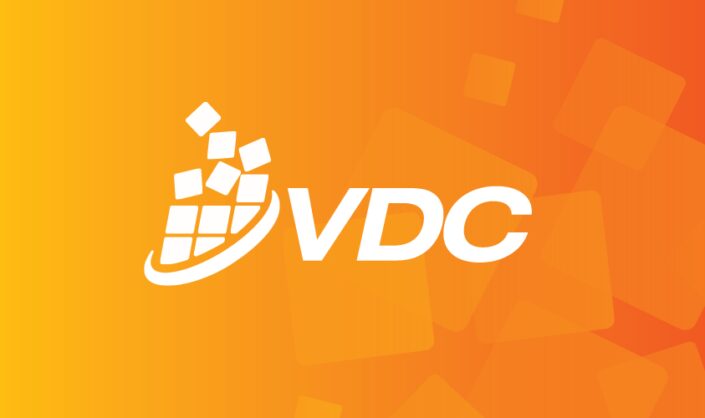
The NCVER’s National Student Outcomes Survey, reveals positive news for learners, teachers and providers.
Of the 44,000 VET graduates who responded to the Total VET graduate outcomes 2016 (24 pages) survey indicated encouraging employment outcomes. For example:
- 55.5 per cent of graduates said they had an improved employment status after training
- 71.0 per cent of graduates who were employed before training, 15.3% were employed at a higher skill level afterwards.
The ongoing demand for tradies is reflected in the reported employment outcomes – 91.7% of this group were employed after training.
It’s a tribute to the professionalism of VET teachers that 89.5 per cent of students were satisfied with assessment and 87.3 per cent were satisfied with teaching. State and territory percentages, and for various provider types, don’t vary much from these national percentages.
Main reasons for enrolling in a VET program
The summary report provides many valuable insights. When asked why they enrolled in VET courses, the primary reason given was employment related – 80.7 per cent of respondents said so.
For many VET students, securing a job after their training is the main priority. But VET learners are much more diverse than that and only 26.6 per cent of VET graduates said getting a job was their main aim. In order of frequency of responses, others indicated their main aims as gaining extra skills for their current job, fulfilling job requirements, facilitating a career change, securing a promotion or starting their own business. That breadth of purposes underlines the importance of flexible, student-centred instructional design and delivery.
About the survey
The 2016 National Student Outcomes Survey has expanded the range of VET graduates who are asked to respond. As the NCVER notes, the survey now includes ‘VET graduates whose training was Commonwealth or state funded as well as fee-for-service graduates (those who paid for the training or whose employer paid for the training).’
The NCVER provides the survey results in various formats accessible via one webpage. Formats include infographics, a summary of key findings, data visualisations (including visualisations for students in particular industry areas) and an interactive database.








